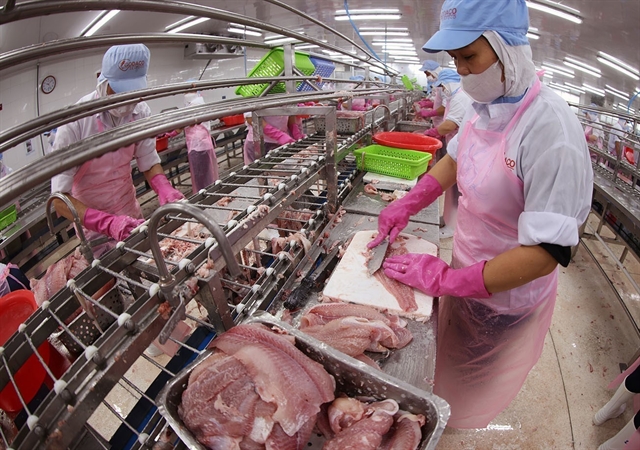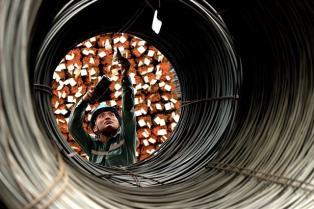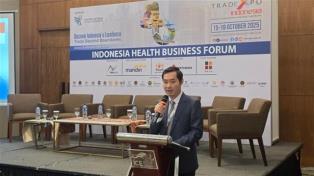Mekong Delta invests in science, technology to increase enhance aquatic product quality
Việt Nam’s aquatic exports are experiencing a strong recovery, reaching over US$8.3 billion in the past nine months and expected to hit $11 billion for the entire year - the highest in the past three years, according to the Vietnam Association of Seafood Exporters and Producers (VASEP).

HCM CITY — Việt Nam’s aquatic exports are experiencing a strong recovery, reaching over US$8.3 billion in the past nine months and expected to hit $11 billion for the entire year - the highest in the past three years, according to the Việt Nam Association of Seafood Exporters and Producers (VASEP).
The Mekong Delta region plays a key role in this achievement, with key localities such as Cần Thơ, Cà Mau, and An Giang intensifying the application of high technology and digital transformation in aquaculture and processing, aiming toward a green and sustainable production model.
In the final months of 2025, the Mekong Delta is witnessing a strong shift in aquatic production and export. In Cần Thơ City, local authorities have identified fisheries as a key economic sector, with brackish water shrimp playing a leading role and making a significant contribution to the city’s export turnover.
According to the municipal Department of Agriculture and Environment, from 2015 to 2024, the production of brackish water shrimp increased by an average of over 11 per cent per year, from 90,000 tonnes to nearly 233,000 tonnes. In 2025, the city aims to reach a production target of 229,700 tonnes of shrimp, with an export turnover of over $1 billion.
To achieve this goal, it has implemented a series of high-tech shrimp farming models. In particular, over 7,500 farming area codes have been issued to facilitate traceability, ensuring product transparency for exports. The city also encourages businesses to invest in digital transformation in processing and distribution, aiming to establish a closed-loop value chain from production to consumption.
After its mergence with Bạc Liêu Province, the newly-formed Cà Mau Province has become the largest shrimp farming area in the country, with over 427,000 hectares. In 2025, its aquatic export turnover is expected to reach $2.43 billion, a 7 per cent increase compared to 2024.
To raise this revenue, Cà Mau is planning to develop international-standard raw material farming areas, while expanding organic, ecological, and high-tech shrimp farming models. It is also intensifying the application of digital transformation, and increasing the proportion of farms achieving international certifications such as ASC (Aquaculture Stewardship Council), BAP, and GlobalGAP to meet the strict requirements of importing markets.
In addition to shrimp, Cà Mau has also seen significant development in crab farming. It currently has around 260,000 hectares of crab farming integrated into the shrimp-crab-fish-rice model, with an annual production exceeding 31,000 tonnes. Many local cooperatives have earned ASC certification, implemented organic farming practices, and ensured transparent traceability of their products.
According to experts, in the context of climate change, saltwater intrusion, and increasing technical barriers, transitioning to an intelligent, environmentally-friendly farming model is a vital necessity.
Nguyễn Hoài Nam, VASEP General Secretary, stated that Việt Nam's fishery sector must accelerate the digitalisation of the supply chain, control raw material sources, and ensure transparent traceability to maintain trust with major markets. This is also the path for the country to overcome the European Commission’s illegal, unreported, and unregulated (IUU) fishing warning and enhance its international standing. — VNS
- Tags
- VASEP
- seafood export





